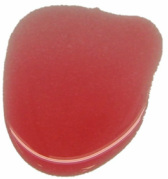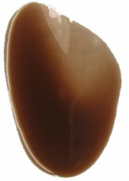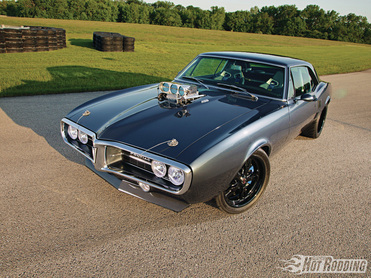Here are the basic conditions you are looking for:
| New transmission fluid is usually transparent, and relatively odorless. A few years ago, virtually every transmission fluid was red; technicians would aptly describe a transmission with exceptionally clean fluid as being "cherry." Clean, Clear Fluid, with Virtually No Odor— the fluid’s like new. Chances are the transmission’s working fine. Use the vehicle mileage or time since it was last serviced to determine whether you should have the transmission serviced. |
| Slight Brownish Tint, with a Lightly Burnt Odor— the fluid’s beginning to burn, and is probably due for a service. If you didn’t have the fluid exchanged completely the last time you had the transmission serviced, you may just be looking at the old oil that was left in the transmission. As long as the transmission seems to be working okay, consider a complete fluid exchange service in the not-too-distant future. |
| Brown Color, with a Distinctly Burnt or Varnished Odor— the fluid’s burnt, and you may already be experiencing transmission operating problems. If the trans seems to be operating okay, you might still get away with a complete fluid exchange service and filter replacement. But there’s little doubt that the transmission is beginning to wear, so the best you can expect from a service is to buy some time. Eventually you’ll be facing a transmission job. |
| Black Color, with a Stench that Will Make Your Toes Curl— the fluid’s severely burnt, and the transmission probably is, too. You’re probably experiencing a serious transmission operating failure. A service at this point will usually be a complete waste of money; the trans is going to need a rebuild. And there’s the possibility of related problems, such as a clogged trans cooler or a cooling system problem. Make sure you have these systems checked at the same time, to avoid a second transmission failure. |
If you’re unsure of whether your transmission fluid indicates a problem, stop by Cloquet Automotive at 1310 18th street Cloquet, MN, 55720 or call us at 218-879-1974. We would be happy to help you out.







 RSS Feed
RSS Feed